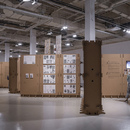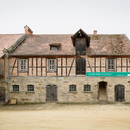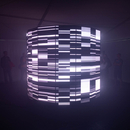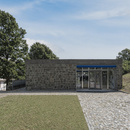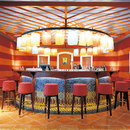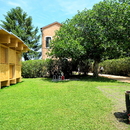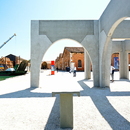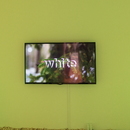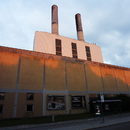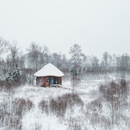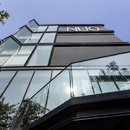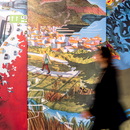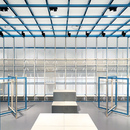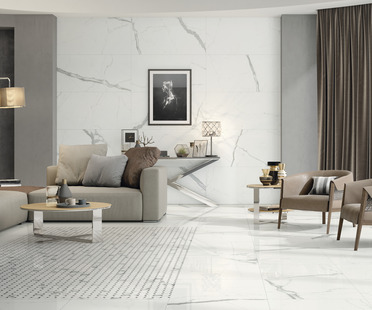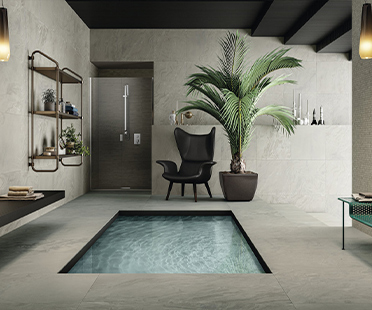18-10-2016
Nicola Borgmann, Architekturgalerie München at FAB Milano
- Blog
- Sustainable Architecture
- Nicola Borgmann, Architekturgalerie München at FAB Milano
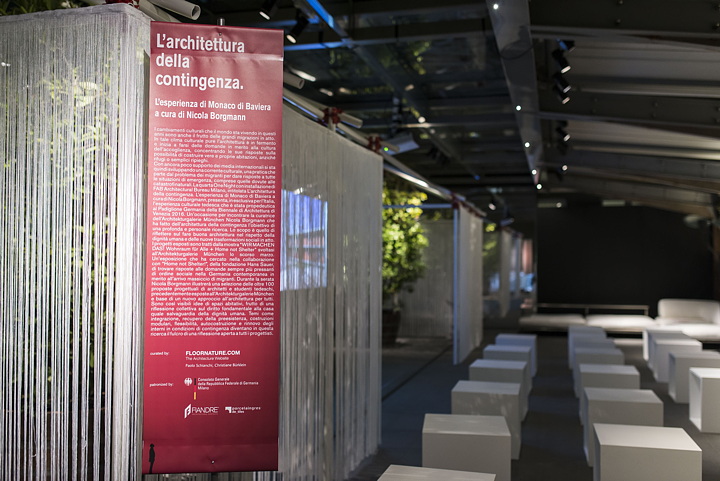
A really hot topic with 65.3 million displaced people worldwide, fleeing from conflict, poverty, natural disaster, persecution. Numbers that Nicola Borgmann, director of Architekturgalerie München and guest at the fourth in the "One Night" series of FAB Milano promptly put into context during the meeting: only 1.1 million asylum seekers have arrived in Germany, and compared to many other countries, like Lebanon for example, which is taking in the highest number of refugees per thousand inhabitants it is ranked 50th on the list of hosting countries.
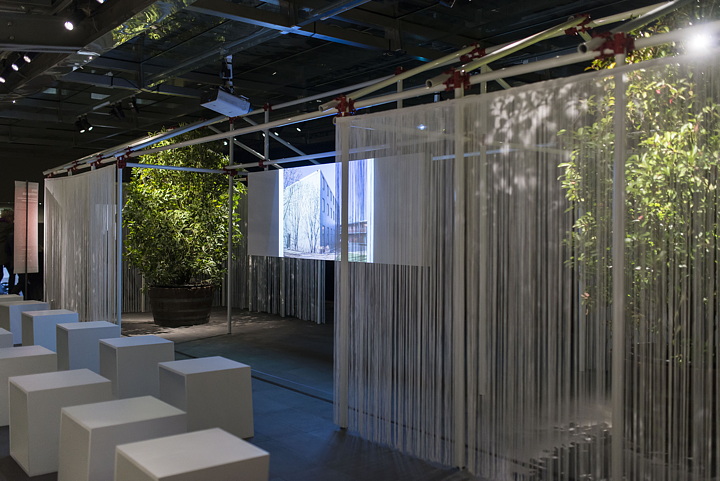
Nevertheless, the figures are high, given that these people add to the already highly pressured property market in Germany, where there is not enough affordable housing, particularly in towns and cities.
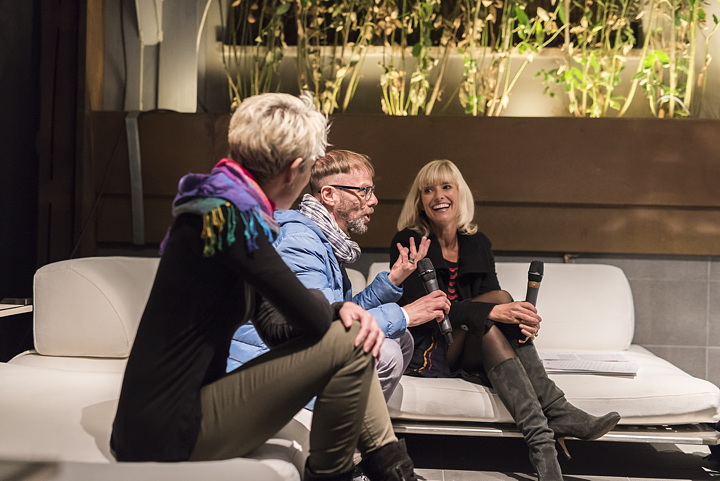
So, a new, long-term approach needs to be made to the initial need for asylum with long-lasting, rational responses that are more sustainable than tent cities or containers huddled together on the outskirts of towns and cities. This desire is expressed in a large number of urban planning and design initiatives, as Nicola Borgmann tells us. In the gallery she heads she hosted the exhibition “WOHNEN FÜR ALLE” (link article) in March, based on the “culture of reception”, which became famous for involving citizens in hosting displaced persons in summer 2015.
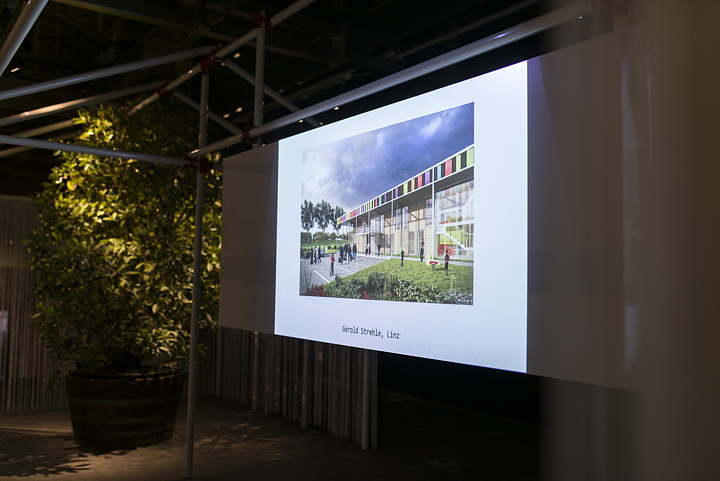
Architect and art historian Nicola Borgmann offered visitors an extensive showcase of projects that deal with the theme of refugee housing and integration adopting different approaches, including the repurposing of empty buildings, something more appropriate in country areas where so many of the original population have migrated to towns and cities. A virtuous example is the mixed use of the old Murnau hospital that now accommodates refugees, start-ups in the creative sector, and council offices to aid in interaction and integration; another one is the Hotel Cosmopolitain in Augusta, a former nursing home that has been restyled with the participation of the local community.
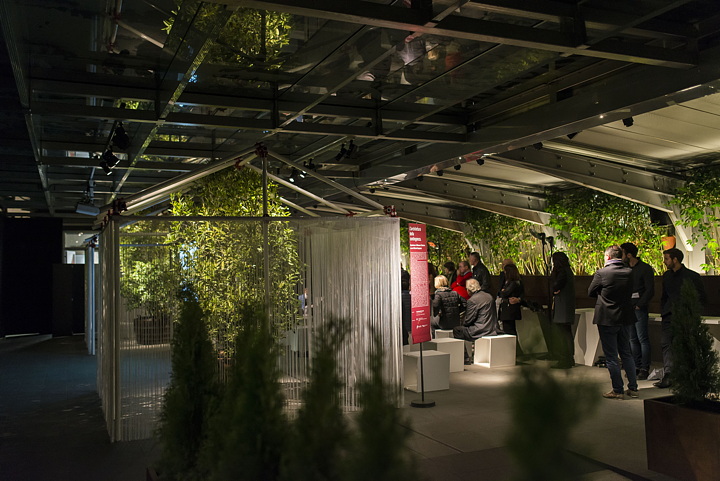
Because one of the biggest challenges is flexibility, not just of the design responses to the demands for housing, but also the added flexibility required in current building regulations, where there are so many restrictions, particularly for mixed use of certain structures, which is an increasing option also in proposals based on re-densification of the urban space with architecture projected on old university buildings or even parking lots and industrial sheds.
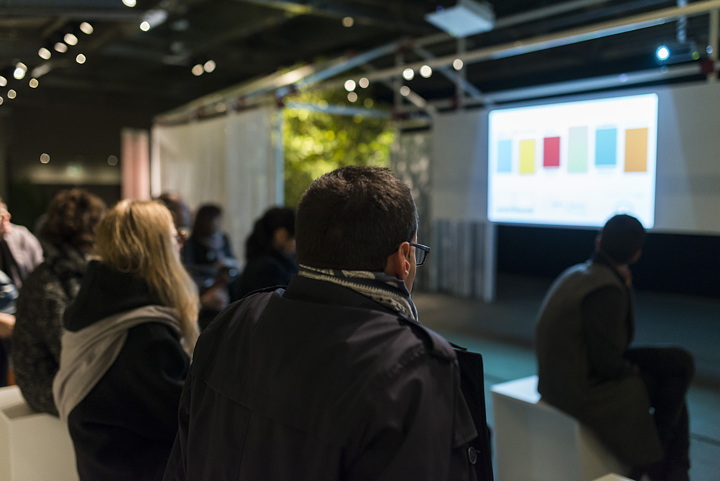
Conversely, if it is necessary to build from scratch, it is certain that the use of modular construction methods and prefabrication can be useful as long as it takes into account dialogue with the context and the aesthetic aspect. In that case, self-building with models like those proposed by Alejandro Aravena, Pritzker prize-winner for his ideas for a base structure to customise by the owners would be an excellent method, given the interaction and subsequent integration inherent to that process.
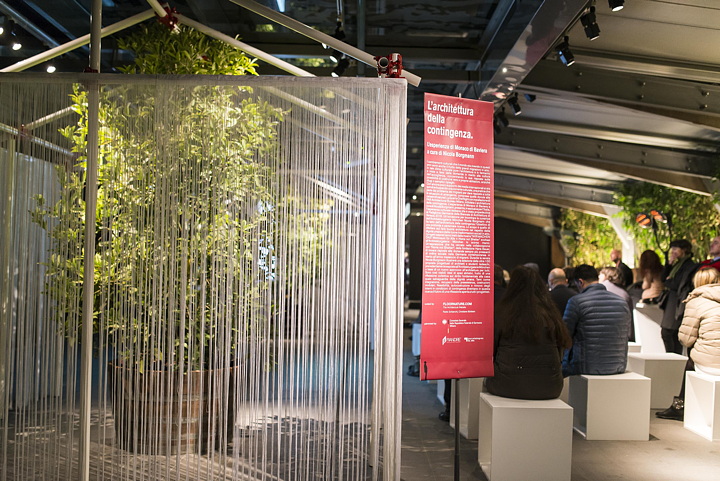
The important thing, concludes Nicola Borgmann, is to set up good communication between all the parties involved, from politics to citizens and of course the asylum seekers themselves. Because if we embrace change as an opportunity then everything can proceed more smoothly.
Christiane Bürklein
Images: FAB Milano
Event: Thursday, 13 Ovtober 2016
GranitiFiandre
Porcelaingres
FAB Milano
Architekturgalerie München












